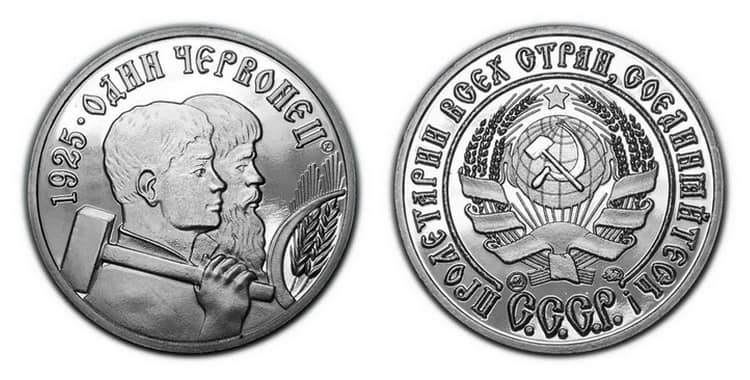
Soviet silver coins began to be minted in 1921, they were in circulation until the 1961 reform, being a common means of payment. Then they were replaced by similar coins made of copper-nickel alloy, and silver ones went into the category of prooflike and investment coins. You can find all Soviet silver coins in our catalog.
Types of Soviet Silver Coins
10 kopecks denomination
Minted in 1921
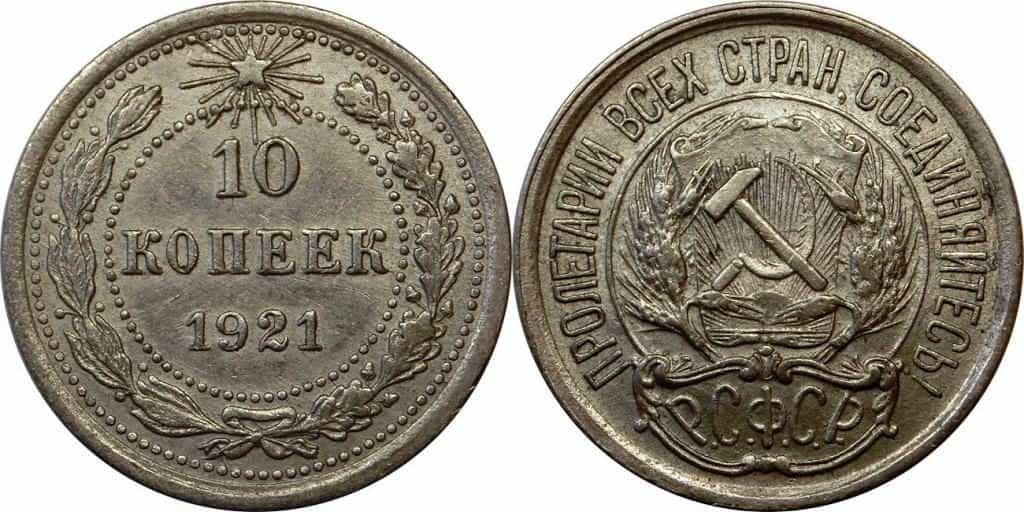
All 10 Kopecks Soviet silver coins in our catalog.
15 kopecks denomination
Minted in 1924
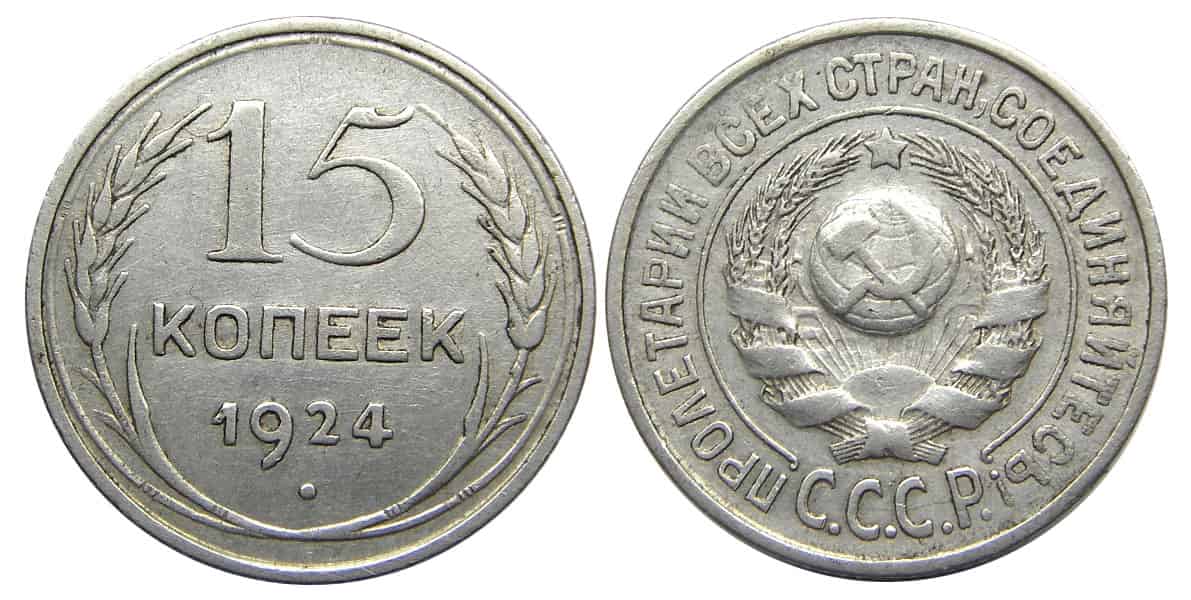
Minted in 1928
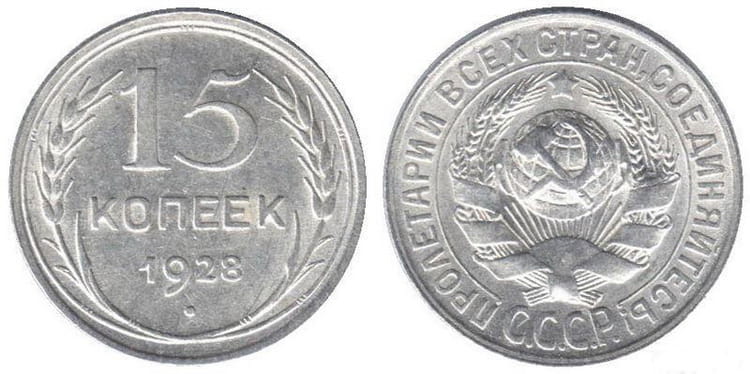
20 kopecks denomination
Minted in 1928
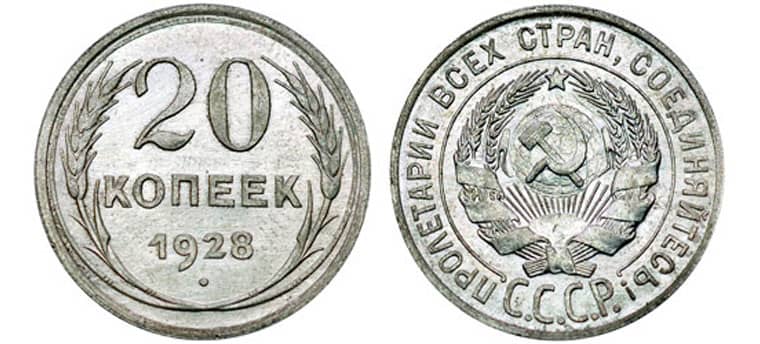
Minted in 1931
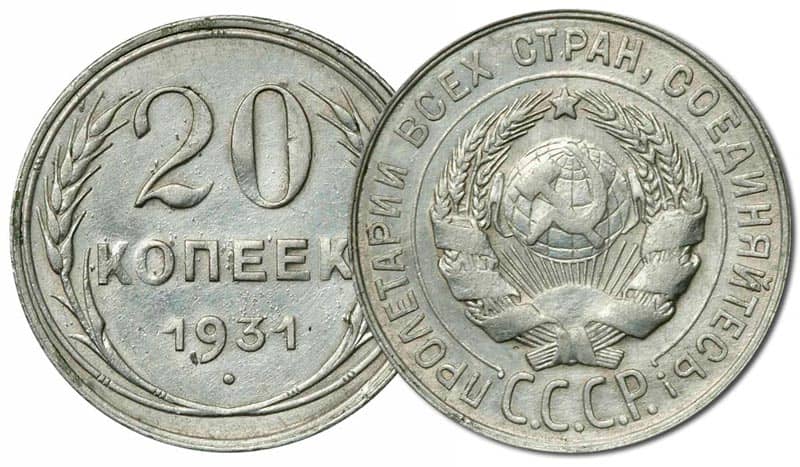
50 kopecks denomination
Minted in 1922
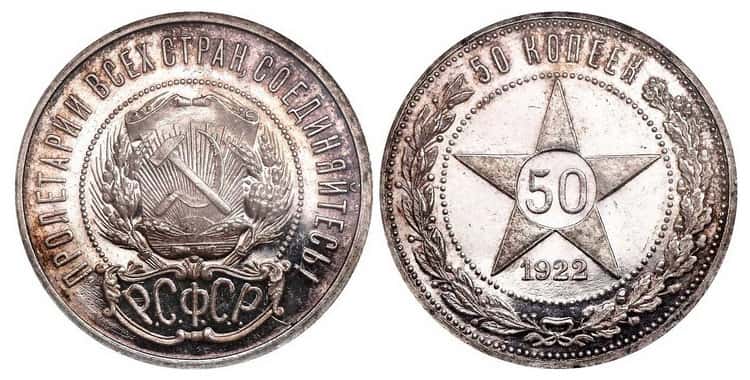
Minted in 1926
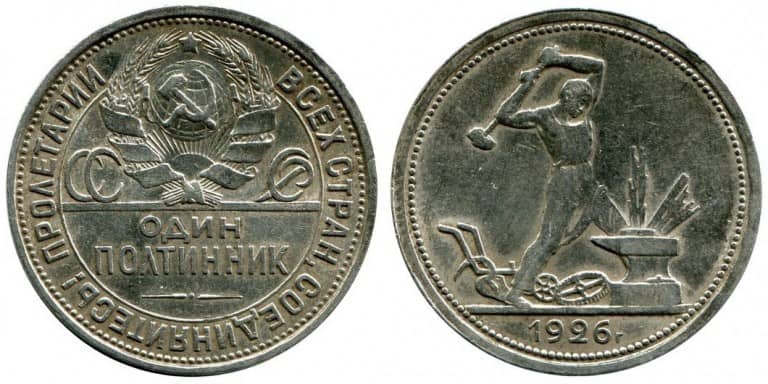
Minted in 1929
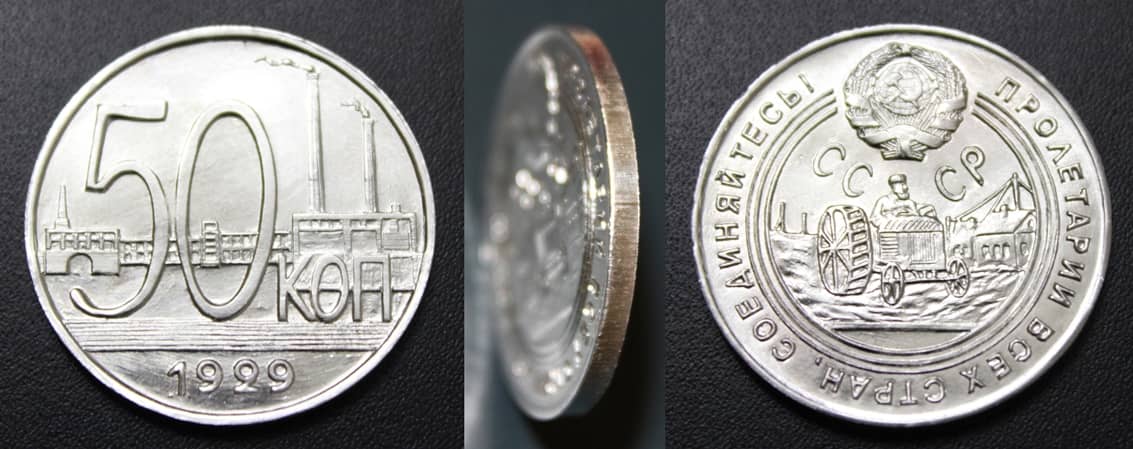
All 50 Kopecks Soviet silver coins in our catalog.
1 ruble denomination
Minted in 1921

Minted in 1924
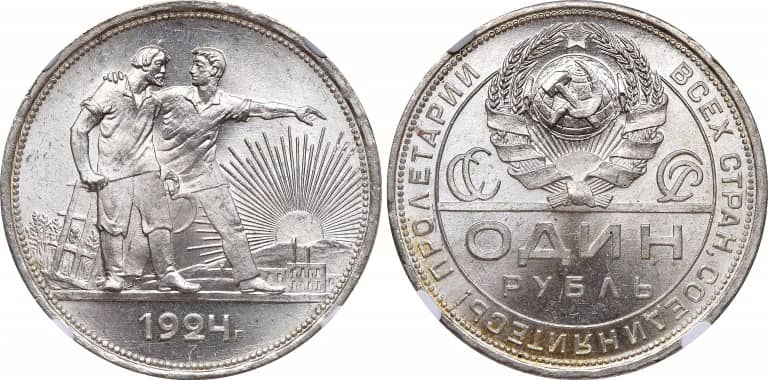
All 1 Rouble Soviet silver coins in our catalog.
3 rubles denomination
Minted in 1988
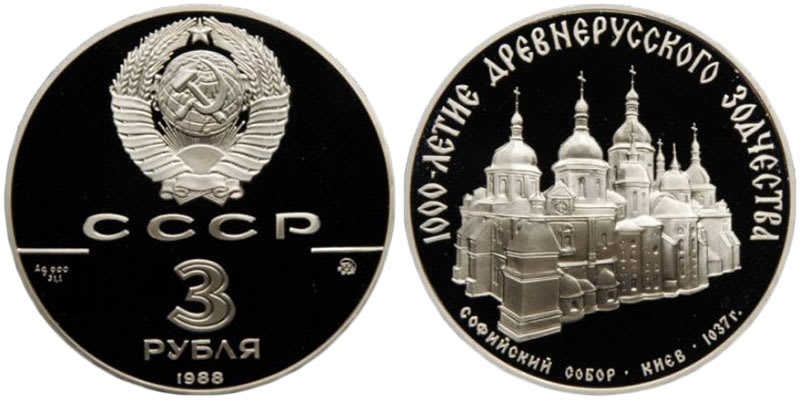
Minted in 1989
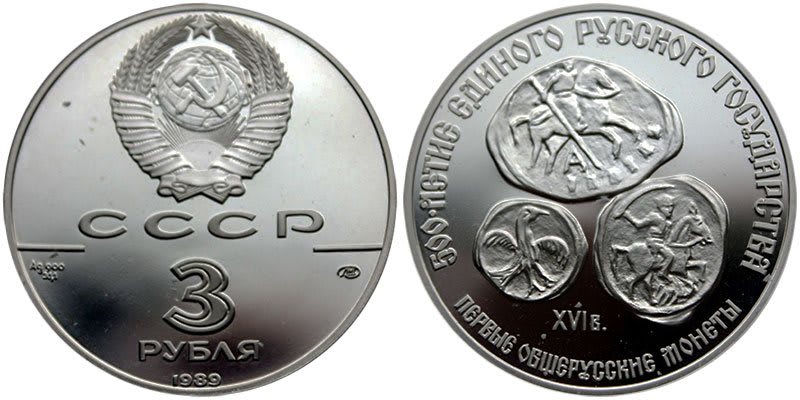
5 rubles denomination
Minted in 1977
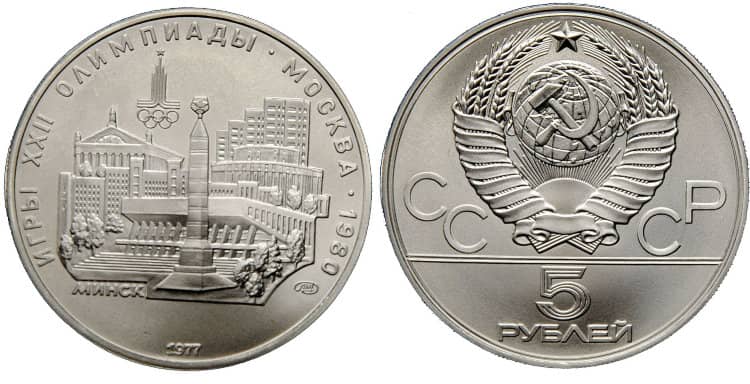
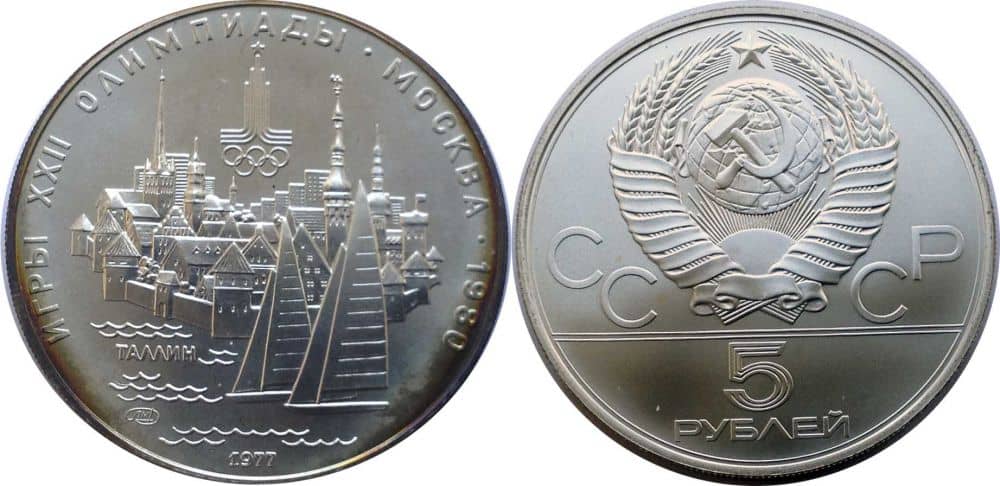
Minted in 1978
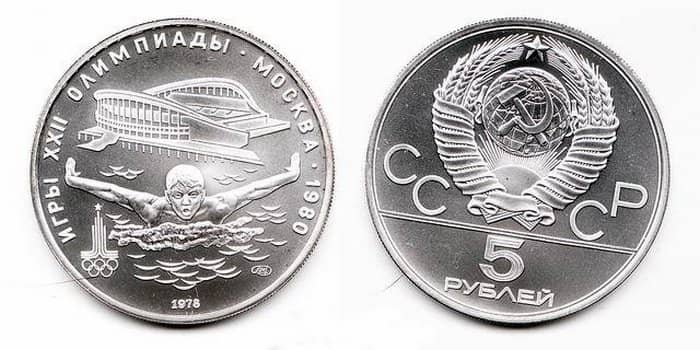
Minted in 1979
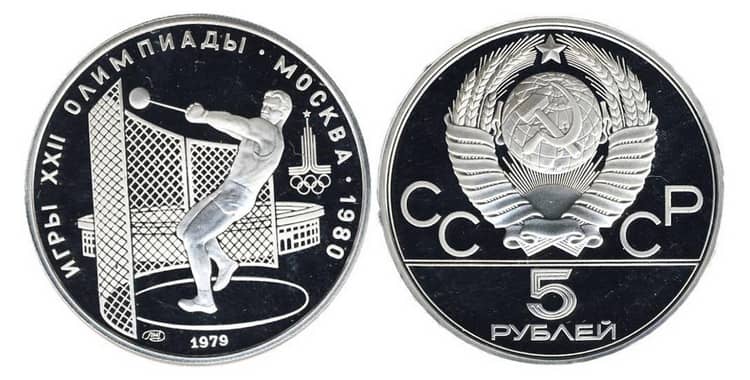
Minted in 1980
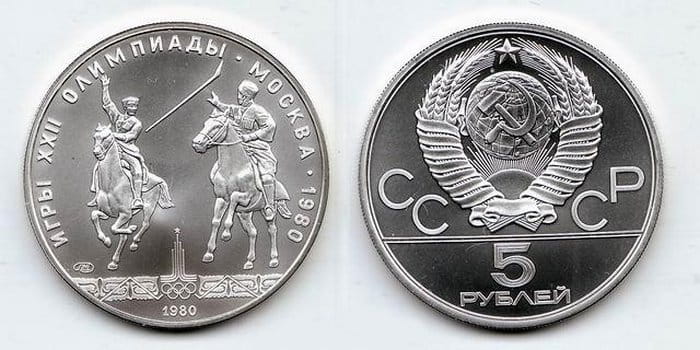
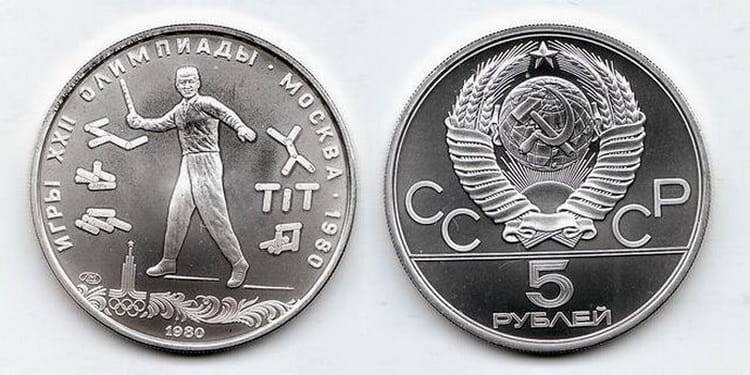
10 rubles denomination
Minted in 1977

Minted in 1979
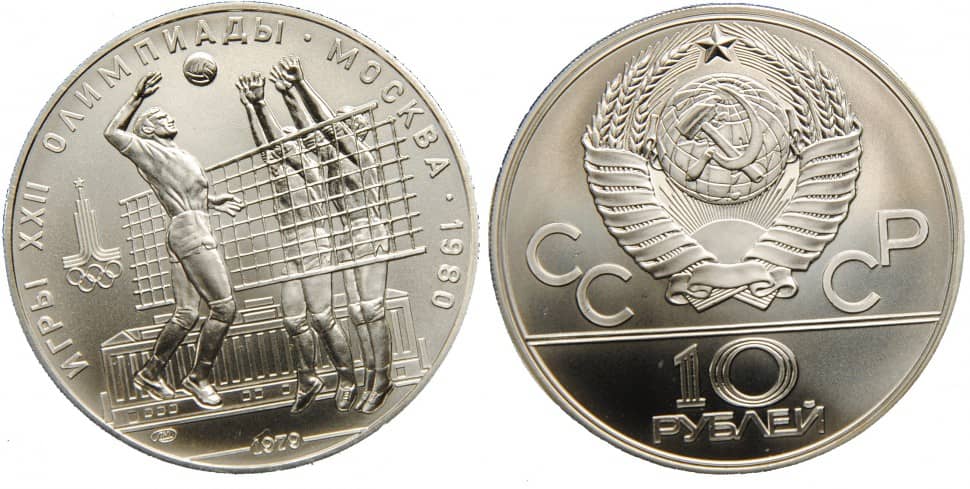
All 10 Roubles Soviet silver coins in our catalog.
Circulation of silver coins of the USSR
In general, the circulation of silver Soviet coins was multi-million, since until 1961 they were in circulation and had to satisfy the payment capacity of a huge country. Coins issued in small editions are now rare and valuable for collectors.
Examples of silver coins circulation of the Soviet period:
| Denomination | Year of issue | Circulation (pcs.) |
| 10 kop. | 1924 | 67 300 000 |
| 20 kop. | 1928 | 699 011 |
| 50 kop. | 1922 | 699 011 |
| 50 kop. | 1924 | 26 559 000 |
| 1 rub. | 1924 | 699 011 |
| 3 rub. | 1988 | 70 000 |
| 3 rub. | 1989 | 80 000 |
| 3 rub. | 1990 | 125 000 |
| 3 rub. | 1991 | 140 000 |
| 5 rub. | 1977 | 371 008 |
| 5 rub. | 1978 | 345 006 |
| 5 rub. | 1979 | 315 006 |
| 5 rub. | 1980 | 221 640 |
| 10 rub. | 1977 | 371 837 |
| 10 rub. | 1978 | 344 807 |
| 10 rub. | 1979 | 339 826 |
| 10 rub. | 1980 | 221 640 |
Design development
The silver coins minted in 1924 were radically different from the coins of previous years of issue. On these coins, instead of the emblem and the inscription “RSFSR”, the emblem and the inscription “USSR” were minted. Another distinctive feature of the coins of 1921-1924. was the Soviet slogan “Workers of the world, unite!”, which was subsequently removed. On the coins of 3 rubles denomination, the weight of the coin and the silver proof were indicated, and the coins from the 1980 Olympics series are marked on the reverse with an emblem that was created specifically for this event.
The development of coins’ sketches of precious metals usually attracted famous artists, architects and sculptors, conducting the selection on a competitive basis. Not only the Soviet Union representatives, but also many foreign artists struggled for the right to develop coin’s design.
What Mint produced the coins?
Silver coins of the Soviet period were minted in the St. Petersburg Mint of the Gosznak, which until 1924 was called the Petrograd Mint, and from 1924 to 1996 − the Leningrad Mint. This Mint was founded in 1724 by Peter I and today it is one of the largest in the world. Soviet gold and silver coins were also minted at the Birmingham Mint, which collaborated with many countries and worked separately from the Royal Mint as a private enterprise. Due to this, many coins of the same denomination may have different marks of the Mint.
The cost of silver coins of the USSR on the market
The cost of silver coins of the Soviet period is low and varies between 5-40 $ USD. However, there are rare coins, which cost more than two thousand $ USD. The most expensive and rare coin is 50 kopecks of 1929, which has a unique design and was released in small editions. The price of silver coins is also influenced by the cost of 1 troy ounce of silver on the world’s leading exchanges selling precious metals.
The table shows the approximate cost of coins made of silver, which were minted in the period from 1921 to 1991.
| Denomination | Year of issue | Circulation (pcs.) |
| 10 kop. | 1921 | 20,57-40,00 |
| 10 kop. | 1923 | 1,58 |
| 15 kop. | 1923 | 1,58-5,00 |
| 20 kop. | 1921 | 18,96-45,00 |
| 20 kop. | 1923 | 1,58-5,00 |
| 50 kop. | 1921 | 10,00-15,00 |
| 50 kop. | 1924 | 2 370,00 |
| 50 kop. | 1929 | 158 000,00 |
| 1 rub. | 1921 | 35,55 |
| 1 rub. | 1922 | 237,00 |
| 1 rub. | 1924 | 23,7-55,30 |
| 3 rub. | 1989 | 44,45 |
| 5 rub. | 1977 | 10,27 |
| 10 rub. | 1977 | 19,62-24,70 |
| 10 rub. | 1979 | 19,62-24,70 |
Interesting Facts
- Soviet silver coins minted at the restored medal-refining Petrograd plant. This meant a boom in the economy, but there was little silver for making coins in the country, so they were minted on the remaining pieces of coins of the Russian Empire. Silver coins went into circulation only in 1924, therefore, coins issued at the beginning of the twenties were very similar to coins of the Russian Empire. Ordinary citizens did not have to get used to the new currency, since the diameter and weight of these coins was no different from the imperial ones.
- In the period from 1921 to 1931, coins of 10, 15 and 20 kopecks had 500 silver proof (they were called “bilons”), the coins of 50 kopeks (“fifty kopecks”) and 1 ruble had 900 silver proof. Until 1924, on the reverse of the coins was the national emblem of the RSFSR.
- In 1923, the RSFSR was renamed the USSR and the design of the coins had to be updated. For this were invited artists Vasyutinsky, Martynov, Gruzenberg and Ivanov.
- The prototype of the silver “fifty” coin was the Vasyutinsky medal − “Hercules, killing the three-headed hydra”. It is interesting that part of these coins were minted in England, which was confirmed by the initials of the mintmaester Thomas Ross on the edge of the coin − “TR”, and the coins that were minted in Leningrad were marked with the stamp “P.L.” − Peter Latyshev.
- Due to the large circulation, all silver coins of the Soviet period are not of high value, but the ruble of 1922 and 10, 15 and 20 kopecks of 1931 are very rare and valuable.
- Over the entire Soviet period, only three commemorative silver coin series were issued: “the 1980 Olympic Games”, “the 100th Anniversary of Russia”, and “Russian America”.
- Olympic silver coins were combined in the series: “Faster”, “Higher”, “Stronger”, “Geographical Series”, “Folk Sports” and “Sport and Grace”. Within these series, 14 types of coins with the 10 rubles denomination and 14 types of coins of 5 rubles denomination were minted. Basically, they were donated to members of foreign delegations who participated in the Olympics, and sold to guests of the capital, so most of them were removed from the USSR.
- A series of silver coins “1000th anniversary of Russia” was minted from 1988 to 1991, they were devoted to important historical events of Russia. This series consisted of coins of 3 rubles, made of 900-proof silver. The first collection represented the era of Kievan Rus: one coin portrayed the St. Sophia Cathedral in Kyiv, and the second − the silver coins of Vladimir. The coins of the second collection were represented by the Moscow Kremlin and the first all-Russian coins of the 15th century. The third collection represents the era of Peter I and demonstrates on the reverse of the Peter and Paul Fortress and ships from the Emperor’s fleet. The latest collection covers the events of the 19th century and includes rubles featuring the Bolshoi Theater and the Arc de Triomphe.
- The “Russian America” series consists of two 3-ruble coins dedicated to the expedition of James Cook and the Ross fortress.
- Along with silver coins of 1921-1924, the golden chervonets (USSR) were produced. Such coins were mostly used for international trade operations, but at the same time small silver denominations were in domestic circulation.
Comments
No commens yet.